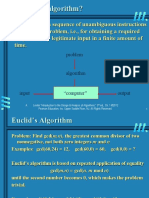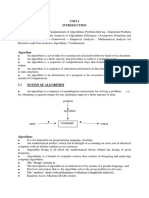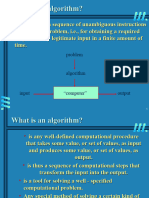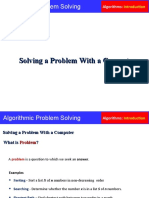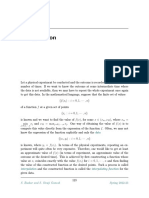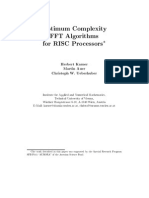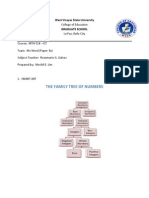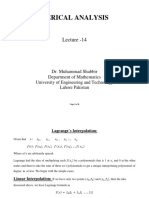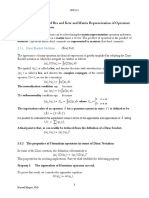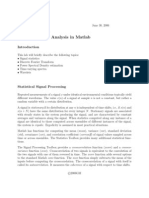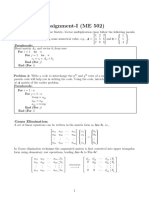0% found this document useful (0 votes)
24 views45 pagesCSC301 - Lecture 2
The document discusses algorithms including their definition, examples, design strategies, and analysis. An algorithm is defined as a sequence of unambiguous instructions to solve a problem in a finite amount of time. Historical algorithms like Euclid's algorithm are presented. Common computational problems and their algorithms are provided.
Uploaded by
HUMMA LAILACopyright
© © All Rights Reserved
We take content rights seriously. If you suspect this is your content, claim it here.
Available Formats
Download as PPT, PDF, TXT or read online on Scribd
0% found this document useful (0 votes)
24 views45 pagesCSC301 - Lecture 2
The document discusses algorithms including their definition, examples, design strategies, and analysis. An algorithm is defined as a sequence of unambiguous instructions to solve a problem in a finite amount of time. Historical algorithms like Euclid's algorithm are presented. Common computational problems and their algorithms are provided.
Uploaded by
HUMMA LAILACopyright
© © All Rights Reserved
We take content rights seriously. If you suspect this is your content, claim it here.
Available Formats
Download as PPT, PDF, TXT or read online on Scribd
/ 45












